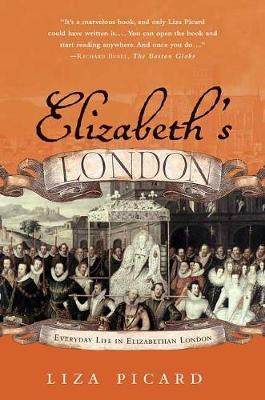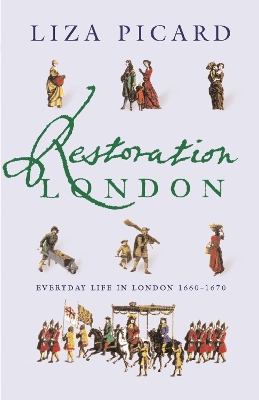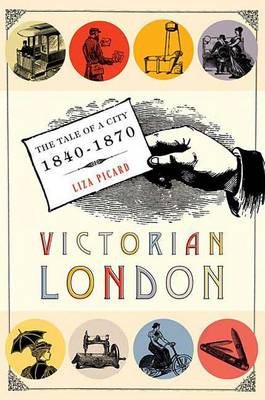Life of London
4 total works
How did you clean your teeth in the 1660s? What make-up did you wear? What pets did you keep?
Making use of every possible contemporary source, Liza Picard presents an engrossing picture of how life in London was really lived in an age of Samuel Pepys, the libertine court of Charles II and the Great Fire of London. The topics covered include houses and streets, gardens and parks, cooking, clothes and jewellery, cosmetics, hairdressing, housework, laundry and shopping, medicine and dentistry, sex education, hobbies, etiquette, law and crime, religion and popular belief. The London of 350 years ago is brought (and sometimes horrifyingly) to life.
'A joy of a book ... It radiates throughout that quality so essential in a good historian: infinite curiosity' Observer
'A Baedeker of the past, absorbing and revealing in equal measure' Peter Ackroyd
'Brings the age's tortuous splendours and profound murkiness vividly to life' Observer
When Dr Johnson published his great Dictionary in 1755, London was the biggest city in Europe. The opulence of the rich and the comfort of the 'middling' sort contrasted sharply with the back-breaking labour and pitiful wages of the poor. Executions were rated one of the best amusements, but there was bullock-hunting and cock-fighting too. Crime, from pickpockets to highwaymen, was rife, prisons were poisonous and law-enforcement rudimentary.
Dr Johnson's London is the result of the author's passionate interest in the practical details of the everyday life of our ancestors: the streets, houses and gardens; cooking, housework, laundry and shopping; clothes and cosmetics; medicine, sex, hobbies, education and etiquette. The book spans the years 1740 to 1770, starting when the gin craze was gaining ground and ending when the east coast of America was still British. While brilliantly recording the strangeness and individuality of the past, Dr Johnson's London continually reminds us of parallels with the present day.



